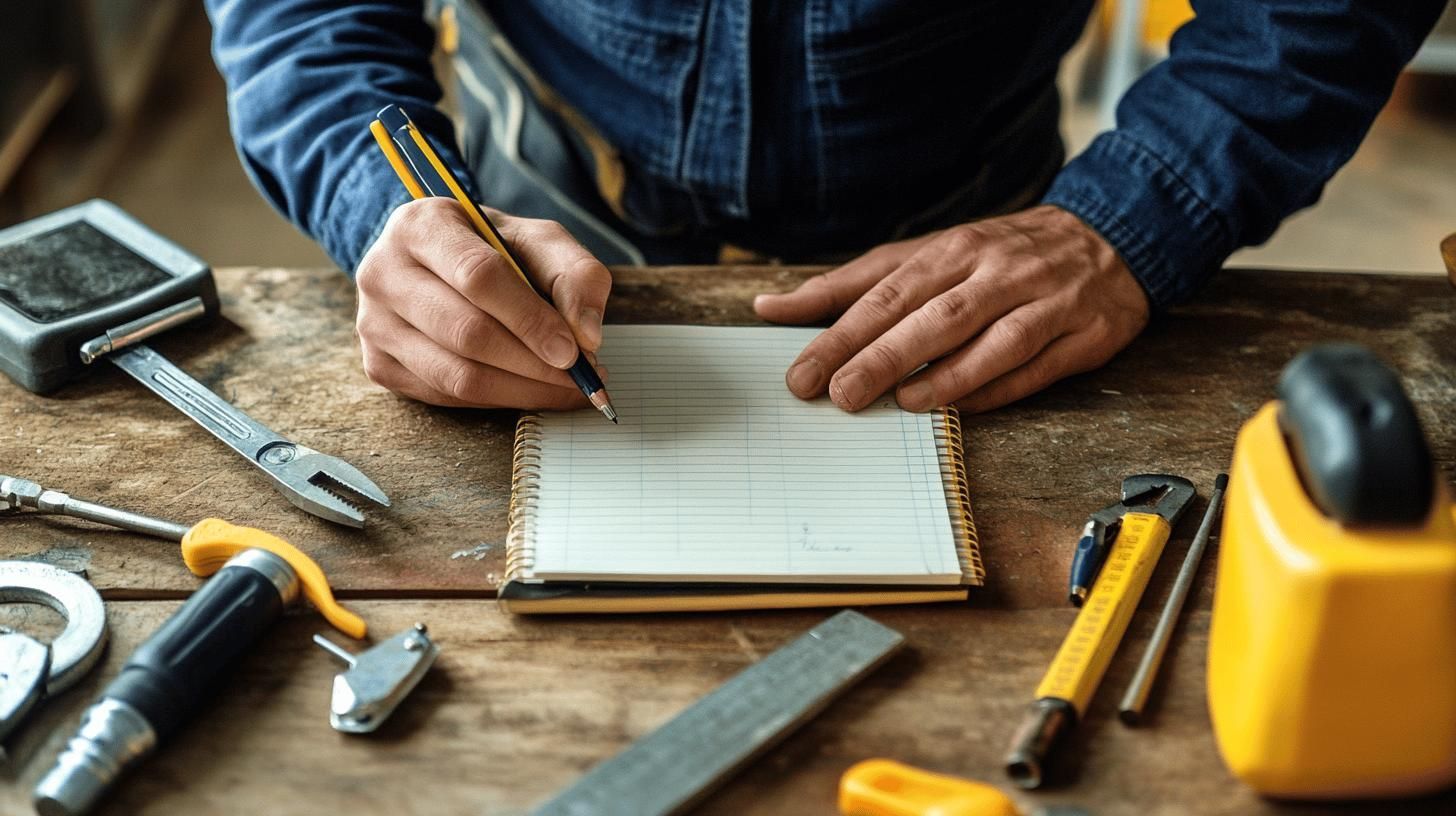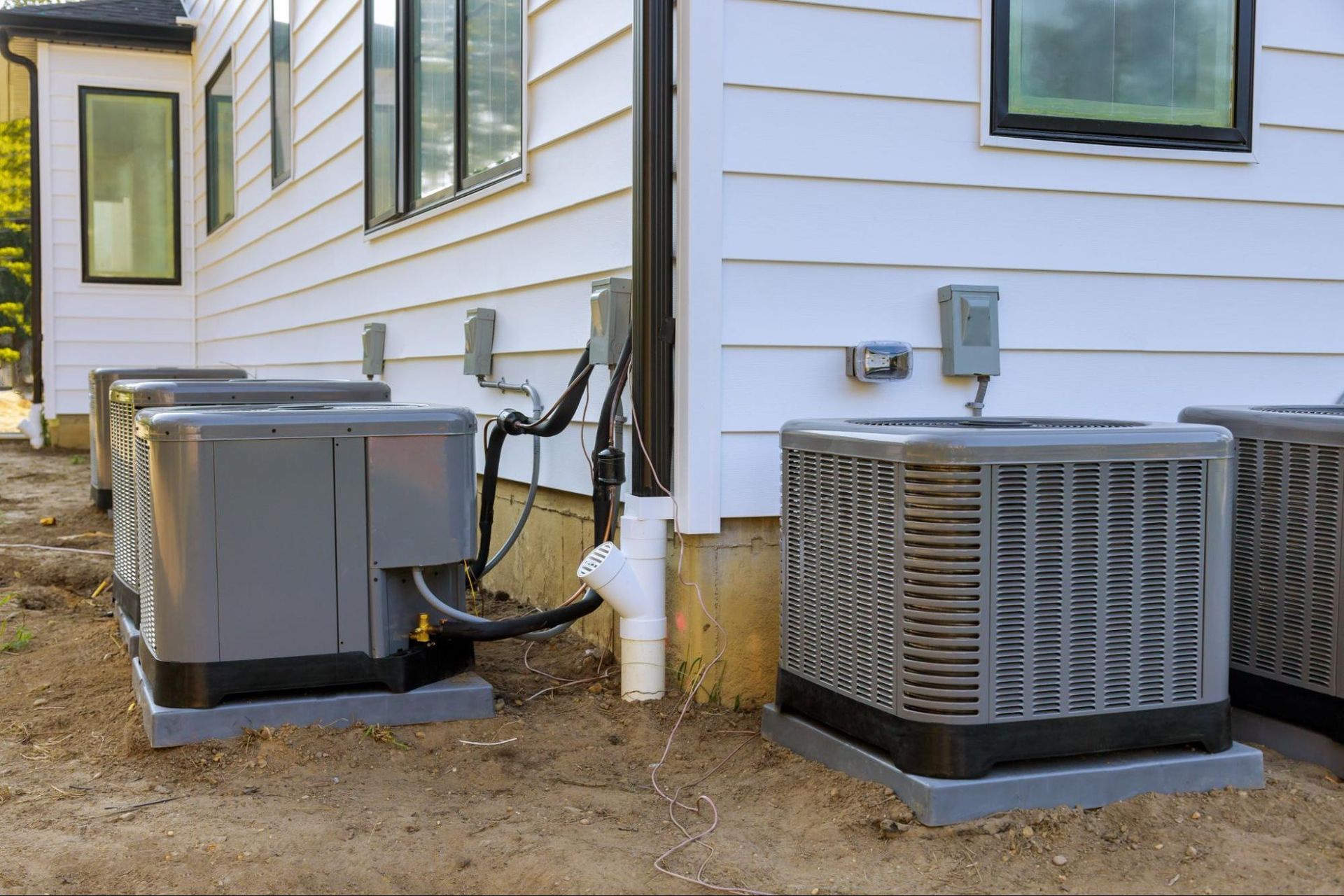The Importance of Being Present at Inspections
- Importance of Being Present:Direct observation of property condition
- Immediate clarification of findings
- Enhanced trust with inspectors
- Benefits of Active Participation:
- Real-time questioning improves understanding
- Helps clarify issues and their severity
- Encourages thorough evaluations
- Critical Questions to Ask:
- Significant findings, safety concerns, repair costs, preventative measures, impact on property value.
- Maximizing Benefits:
- Take notes, confirm areas of concern, discuss next steps.
Why should property owners invest time in attending inspections? Because being present during inspections offers unique insights that can’t be gleaned from reports alone. Experiencing the process firsthand reveals issues and the overall property condition, enhancing understanding beyond written descriptions.
This clarity is critical, as it prevents miscommunications and ensures informed decision-making about property maintenance and safety. With firsthand observation, property owners engage directly with inspectors, addressing concerns in real-time, and leaving no room for doubt or misinterpretation—a vital practice for protecting your investment.
The Value of Being Present During Property Inspections
Being there for property inspections is invaluable. You get a firsthand look at the property's condition. Watching the inspection in person helps you spot problems as they're discovered, without relying on written reports. This direct view offers a clearer picture of the property's overall state. It allows you to understand the severity and impact of any issues. This helps in making informed decisions about maintenance or repairs.
Benefits of Being Present at Inspections
- Direct observation of the property's condition
- Immediate clarification of findings
- Understanding of the inspection context
- Insight into maintenance needs
- Enhanced trust with the inspector
Building Trust and Communication with Inspectors

Interacting with inspectors directly is key to building trust and effective communication. It lets you understand their approach and methods, enriching the inspection experience. Being there allows you to ask real-time questions, ensuring clarity. Proactive participation often leads to more thorough evaluations. Inspectors tend to give detailed explanations when they see an engaged audience. This dialogue fosters transparency and reliability, essential for thorough inspections.
Good communication with inspectors encourages honest information sharing. Once trust exists, inspectors speak candidly about issues. This candor leads to better decision-making. Everyone gains a clear understanding of the property's condition. This understanding contributes to positive outcomes for both property owners and buyers.
Real-Time Questioning and Clarifications
Asking questions during inspections means no detail gets missed. When present, you can engage directly with inspectors, asking pertinent questions. Questioning on the spot demystifies technical aspects so everyone understands potential concerns.
Critical Questions to Ask During an Inspection:
- What are the most significant findings?
- Are there immediate safety concerns?
- How severe are identified issues?
- What are the estimated repair costs?
- Are preventative measures needed?
- How does this affect property value?
Clarifications during inspections are key to informed decisions. Inspectors can highlight potential problems and discuss their implications.
Maximizing Inspection Benefits Through Active Participation

Active participation is crucial for getting the most from an inspection. Being involved gives a better understanding of the property's condition. It’s essential for making informed decisions. Engaging with the inspector lets you see what they observe firsthand. This transforms the inspection into an interactive learning experience. It equips you to tackle issues effectively by ensuring no critical detail is missed.
Ways to Actively Participate in an Inspection:
- Take notes during the inspection
- Ask for clarifications on technical terms
- Confirm all areas of concern are inspected
- Discuss potential next steps with the inspector
Participation ensures thorough evaluation of all agreed-upon areas. Engaging actively with the inspector verifies that all concerns are addressed. This approach reduces the risk of issues being missed. It leads to a comprehensive assessment of the property. Thus, stakeholders gain confidence, knowing they have a complete picture of the property's condition and necessary repairs or actions.
Final Words
Being present during property inspections cannot be overstated. It offers firsthand observation, which is instrumental in gaining an accurate understanding of a property's condition. Miscommunications are minimized when relying not solely on written reports.
Active participation ensures all areas of concern are covered during the inspection, maximizing its value. These insights can be crucial for negotiating repairs or price adjustments in real estate transactions, underscoring the importance of being present during the inspection.
FAQ
Why is it important for you to attend the home inspection?
Attending a home inspection allows for firsthand observation of issues, providing a clear understanding of the property's condition. This presence helps avoid misunderstandings that may arise from solely relying on written reports.
What is the importance of inspection?
Inspections are critical for identifying potential issues, assessing property condition, and ensuring quality standards. They provide essential insights that support informed decisions and help in maintaining safety and compliance.
Why is the inspection method important?
The inspection method is important because it determines the accuracy and thoroughness of the findings. A systematic approach ensures all areas are evaluated, leading to reliable assessments and effective problem-solving strategies.
Why is it important to inspect the quality of your work?
Inspecting the quality of your work ensures adherence to standards and enhances performance, minimizing errors and potential safety risks. This proactive measure safeguards reputation and optimizes outcomes through continual improvement.











